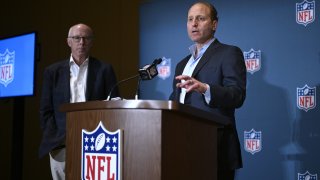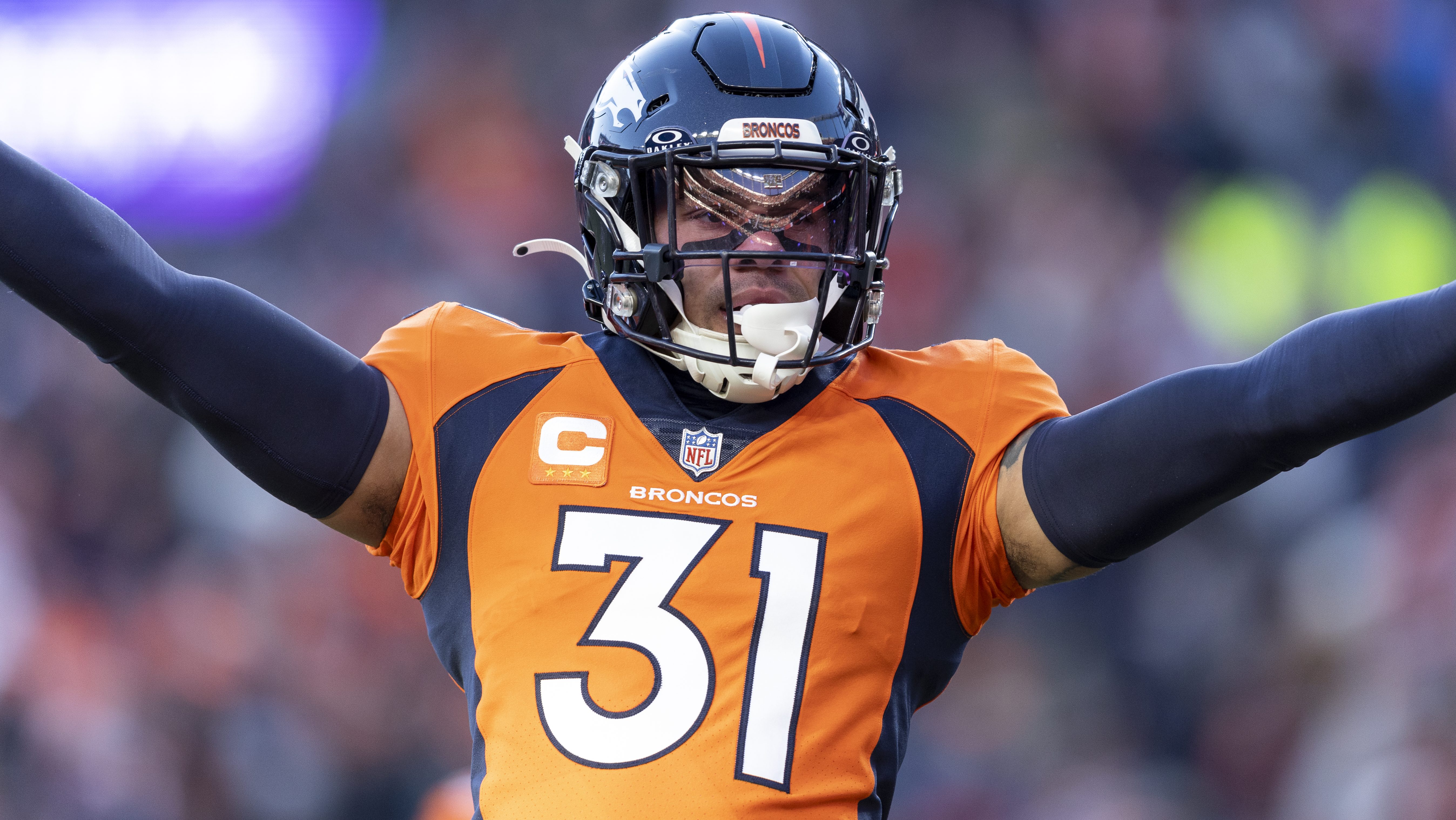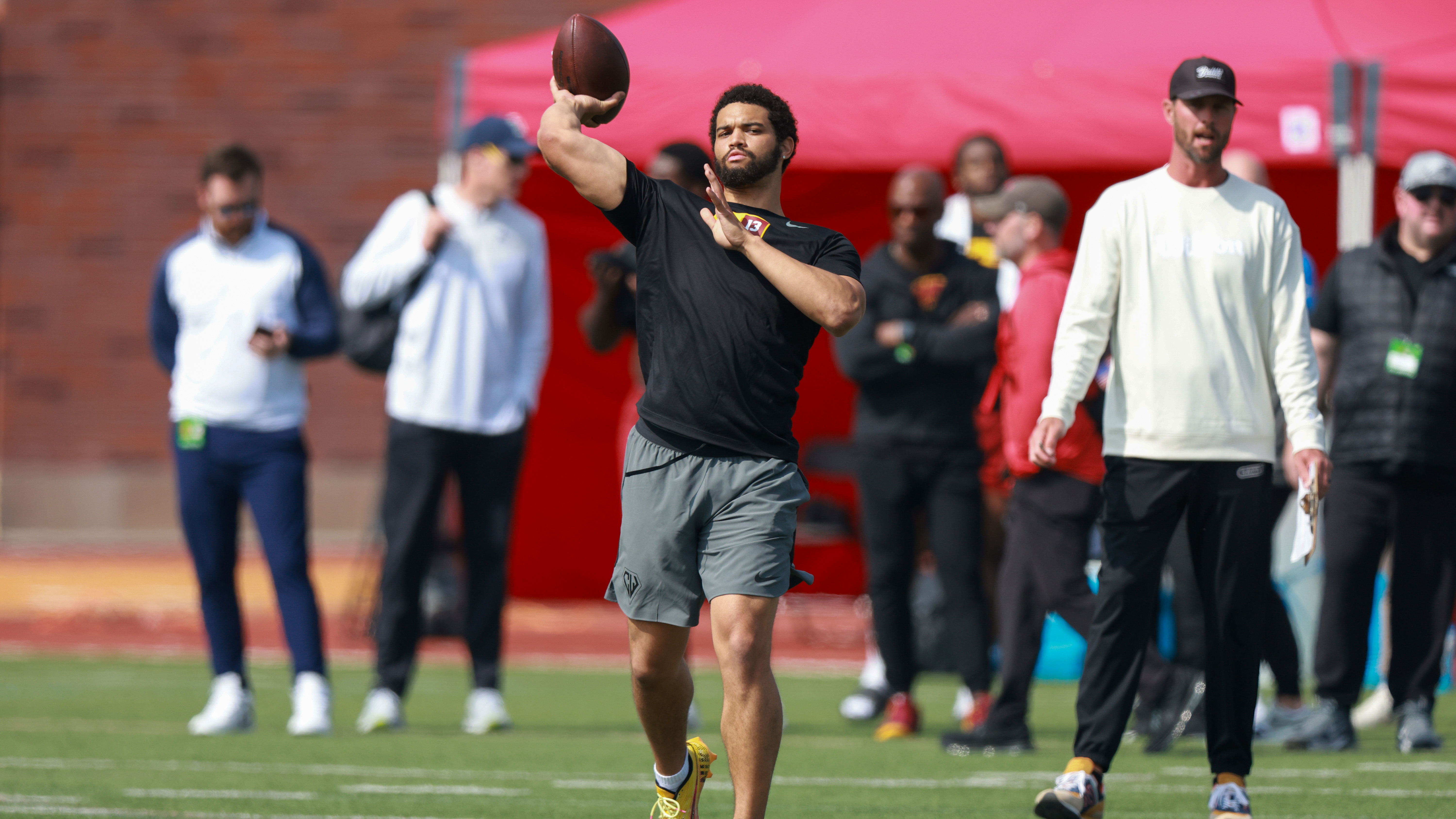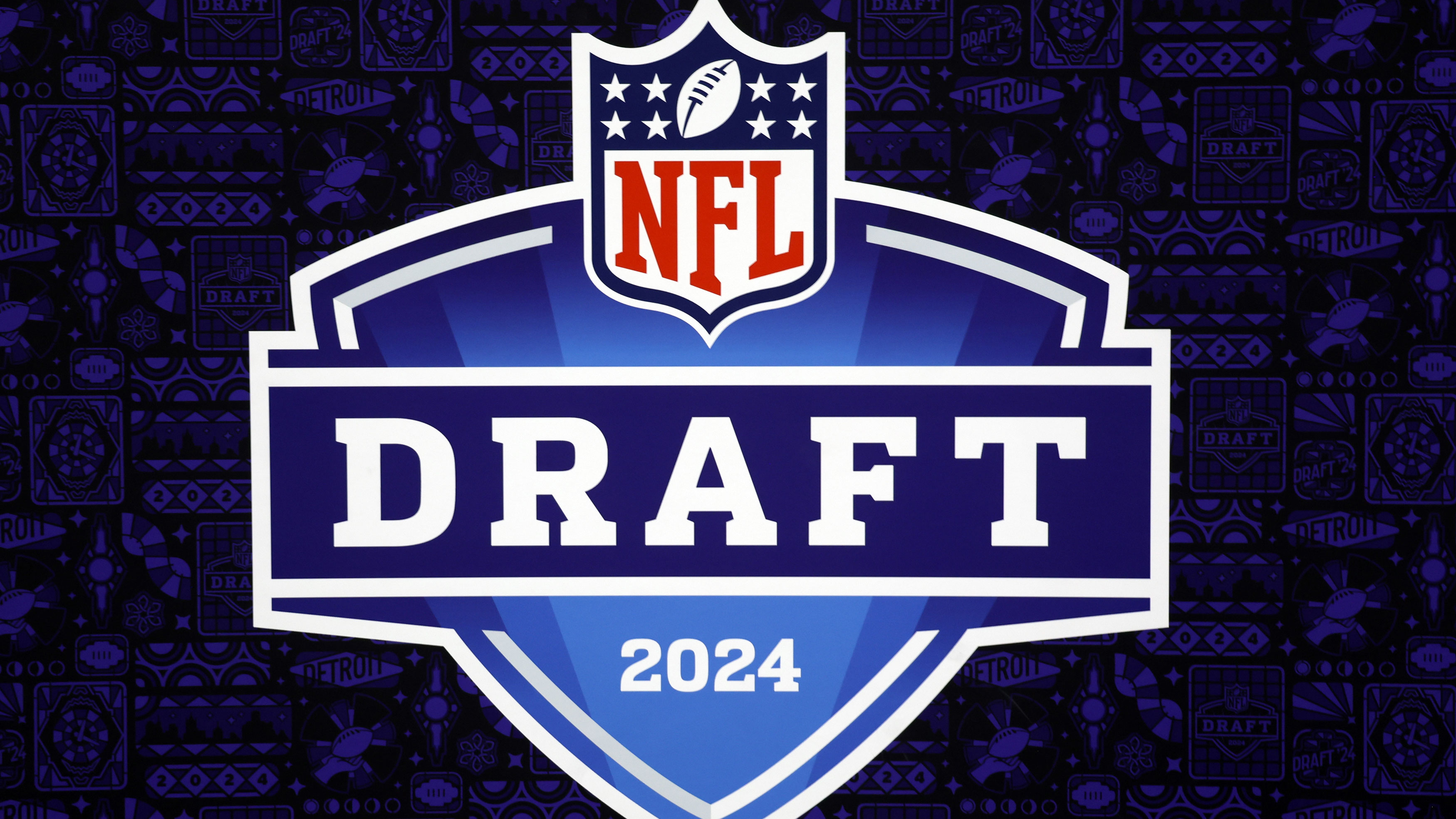
The NFL is eliminating the hip-drop tackle.
NFL team owners on Monday unanimously approved a rule that bans players from using a swivel technique to tackle an opponent.
A violation will result in a 15-yard penalty and could ultimately result in fines for players.
NFL executive Jeff Miller said the hip-drop tackle was used 230 times last season and resulted in 15 players missing time with injuries.
Get top local stories in San Diego delivered to you every morning. Sign up for NBC San Diego's News Headlines newsletter.
The NFL Players Association has adamantly opposed the rule.
“It doesn’t get used very often, but when it is used, it’s incredibly injurious to the runner,” NFL Competition Committee chairman Rich McKay said. “The runner is purely defenseless. And I have heard defenders say it before, and I hear them, ‘Hey, you’re putting me in a really tough spot. You’re saying I can’t hit here. What do I do?’ And my response has always been, ‘Well, you can’t do that, and that’s just because the guy you’re hitting is defenseless and has no way to protect himself.’ So we’ve got to protect him and you’ve got to come up with other ways, and you know what, they do.”
The league played a video during a news conference to show six specific plays in which the hip-drop tackle was used in games, with Bengals tight end Drew Sample, Cowboys running back Tony Pollard, Bengals receiver Tyler Boyd, Seahawks quarterback Geno Smith and Titans quarterback Ryan Tannehill all being on the receiving end of the now-illegal hit.
NFL teams will continue to receive videos showing illegal hits and ways to make tackles within the rules.
“It’s a new rule, so they’ll not have seen it,” McKay said about officiating the penalty. “This is never practiced; nobody does this in practice. There’s never a player that’s going to use this tactic on a player on his own team in a practice so they’re never going to see it. They’re only going to see it in the game. We will tell them, ’Listen, this a penalty on the books. You can call it. You got to see all three elements of what’s going on here. You got to see him grab him. You got to see him control them. You got to see him swivel himself up in the air and you got to see him go unweighted. You don’t see it, don’t call it.
“We’re going to take all these tapes that you’ve seen. ... we’re going to take them all to the clubs and show them: this is what we don’t want. This is what a foul looks like.”
A significant change to kickoffs wasn’t presented for a vote but McKay said it’s possible owners will consider it on Tuesday instead of waiting for the league meetings in May.
All rules proposals require 24 out of 32 votes for approval.
Only two other proposals were approved by owners.
Teams will now receive a third challenge following one successful challenge. Previously, teams had to be successful on two challenges to receive a third.
Also, if there is a double foul during a down in which there is a change or changes of possession, including if one of the fouls is a post-possession foul by a team during a scrimmage kick, the team last gaining possession will keep the ball after enforcement for its foul, provided it did not foul prior to last gaining possession.
McKay said there’s urgency to vote on the complicated new kickoff rule this week because it could impact the way teams select players next month in the NFL draft.
“I like voting on it sooner rather than later because there’s no question that bringing the play back, we had 1,970 touchbacks last season, so if you bring the play back in, let’s just say that 1,200 of those become returns, the person you’re going to have as a returner is going to matter more,” McKay said. “And we do have a draft coming up. And we do have college free agency coming up. So I think personnel people need to know is this play going to be in or out, and that would lead me to want to have the vote sooner.”
The new rule proposal takes elements of the kickoff rules used in spring leagues such as the XFL.
For a standard kickoff, the ball would be kicked from the 35-yard line with the 10 kick coverage players lined up at the opposing 40, with five on each side of the field.
The return team would have at least nine blockers lined up in the “set up zone” between the 30- and 35-yard line with at least seven of those players touching the 35. There would be up two returners allowed inside the 20.
Only the kicker and two returners would be allowed to move until the ball hits the ground or was touched by a returner inside the 20.
Any kick that reaches the end zone in the air can be returned, or the receiving team can opt for a touchback and possession at the 30. Any kick that reaches the end zone in the air and goes out of bounds or out of the end zone also would result in a touchback at the 30.
If a ball hits a returner or the ground before the end zone and goes into the end zone, a touchback would be at the 20 or the play could be returned. Any kick received in the field of play would have be returned.
Under current rules, any touchback — or if a returner calls for a fair catch in the field of play — results in the receiving team getting the ball at its 25.
“This is our chance to keep special teams in the game,” McKay said. “Special teams has been a part of the game forever. And, if you lose the kickoff, in our mind, you really pretty much eliminated special teams and put it on a punt play. And so that’s what we’re trying to, get through and and figure out if we can get to 24 votes.”
Flag football
Three-time All-Pro wide receiver DeAndre Hopkins, who came to the meetings to promote flag football, hopes to play the sport in the Olympics after he retires.
Flag Football was approved for the 2028 Summer Olympics in Los Angeles last year. Several NFL players have expressed excitement about possibly competing in the sport.
“We’ve heard the players speak out about it,” NFL executive Troy Vincent said. “We have good models in other sports on participation. ... The way the schedule is, it may not conflict with, let’s say training camp or potentially regular season, but we are working with the (NFL) Players Association. We’ve had really, really productive, conversations about it. And who really wants to get in the way? Just to be frank, who wants to get in the way of stopping the player from (representing) his country or her country? So we believe that will take place. But these guys, they talk about it, we hear them talk about it all the time. So we think that process will take its course."
Global expansion
The NFL announced an expansion of its Global Markets Program, adding four new teams and five new markets set to participate. The program, which launched in 2022, awards NFL clubs international marketing rights to build brand awareness and fandom beyond the United States, through fan engagement, events and commercial opportunities. Overall, 25 clubs will participate in the program across 19 international markets, as the NFL continues to prioritize global growth.
The Cleveland Browns (Nigeria), Detroit Lions (Austria, Canada, Germany and Switzerland), Indianapolis Colts (Austria and Germany) and New York Giants (Germany) joined the program.
Argentina (Miami Dolphins), Colombia (Dolphins), Japan (Los Angeles Rams), Nigeria and South Korea (Rams) are the new markets.
In addition to expansion by the Rams and Dolphins, the New England Patriots (Brazil), the New York Jets (Ireland), Pittsburgh Steelers (Germany) and Seattle Seahawks (Austria, Germany and Switzerland) expanded into new markets.
AP pro football writer Mark Long contributed.




